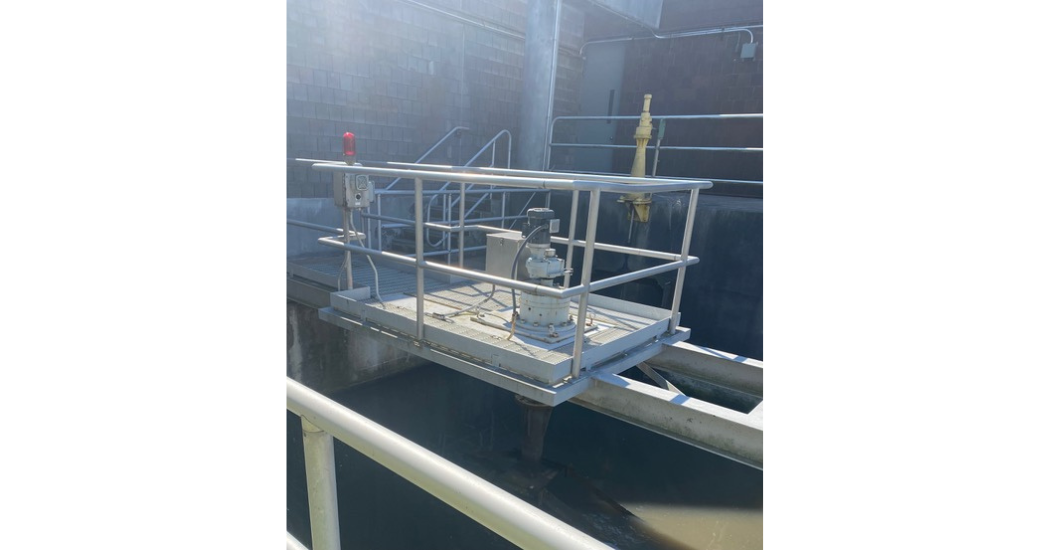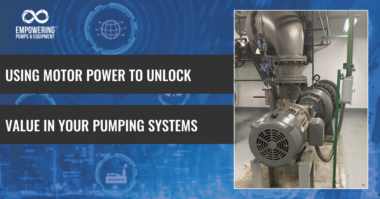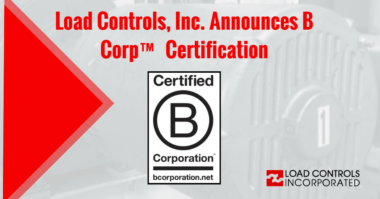In an era of increasing energy demands and sustainability goals, facilities that depend heavily on motors, such as water resource recovery facilities (WRRFs), are looking for innovative solutions to reduce energy consumption and improve operational efficiency. This article explores how Load Controls Inc.’s Adjustable Capacity Power Sensor (Model UPC) and its applications in real-world scenarios, such as the Amherst, Massachusetts WRRF, demonstrate the transformative potential of monitoring true motor power.
The Challenge of Energy Management in WRRFs
Wastewater treatment plants, particularly WRRFs, play an essential role in safeguarding public health and maintaining environmental standards. However, these facilities are energy-intensive, consuming approximately 2% of the U.S. power grid’s total energy output. Aeration processes, critical for supporting activated sludge systems, often account for up to 70% of a plant’s energy costs.
Balancing efficiency with effectiveness in aeration systems is crucial. Energy inefficiencies not only increase operational costs but also risk equipment wear and premature failure. To address these challenges, facilities like Amherst’s WRRF are adopting innovative tools like universal power cell (UPC) sensors to better monitor and manage motor power.
Real-World Impact: Case Study from Amherst, Massachusetts The Amherst WRRF, a midsize facility built in the 1970s, faced challenges typical of many plants of its era. With three aeration basins powered by variable-frequency drives (VFDs) and impeller-type systems, the plant sought ways to improve energy efficiency and extend equipment life.
In partnership with the University of Massachusetts Amherst and Load Controls Inc., the facility installed UPC motor power sensors on aeration motors. Unlike alternative energy monitoring systems that measure power at the VFD, the UPCs provided direct insights into motor-level energy use. This approach allowed operators to detect inefficiencies, identify power spikes, and adjust ramp-up speeds to reduce energy waste.
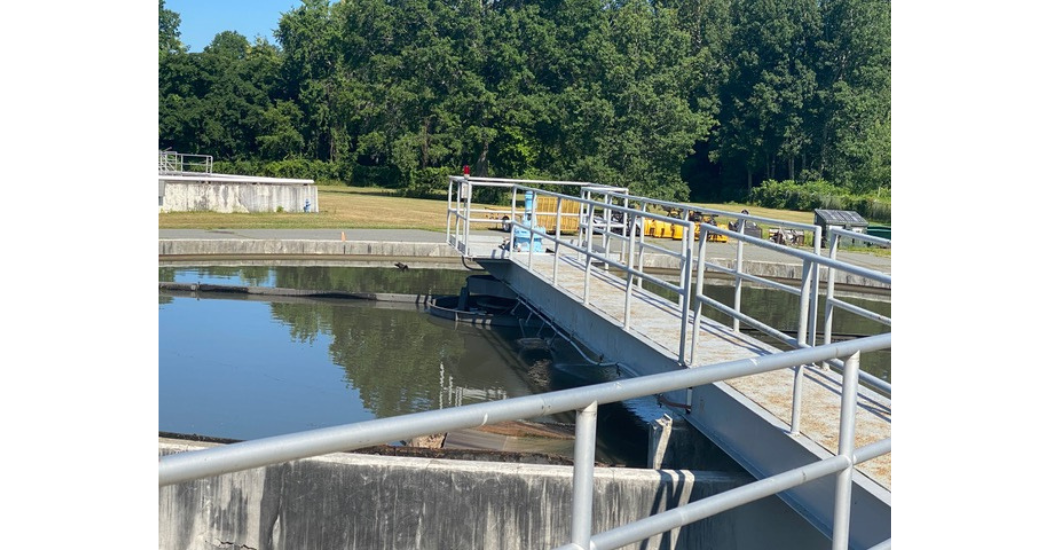 The Amherst WRRF facility had the following characteristics:
The Amherst WRRF facility had the following characteristics:
- Design capacity: 27 ML/d (7.1 mgd)
- Daily flows: 9.5 to 25 ML/d (2.5 to 6.5 mgd) under normal circumstances
- Three aeration basins, each divided into three identically sized cubes
- Each cube contains a 30-kW (40-hp), variable-frequency-drive (VFD)-powered draft tube and impeller-type aeration system (also known as paddle aeration, surface aeration, or mechanical aeration) to provide ambient air as an oxygen source
- Two of the aeration cubes are equipped with draft tube systems in addition to the impeller
The Solution: Optimizing Aeration Processes with UPCs
Aeration in activated sludge systems requires alternating high-activity and low-activity motor phases to maintain microbial balance. During this process, power spikes and inefficiencies were observed at the Amherst WRRF, particularly during motor ramp-up.
The UPCs enabled the facility to identify and address these inefficiencies. By extending the motor ramp-up time from 2 to 10 minutes in one experimental basin, operators achieved significant results:
- Energy Savings: Power consumption dropped by approximately 2 kWh per motor per cycle, equating to an annual savings of 40 MWh and over $4,000 per motor in energy costs.
- Reduced Equipment Wear: Slower ramp-up speeds minimized mechanical fatigue, extending motor life and lowering maintenance costs.
- Maintained Effluent Quality: Despite the adjustments, the facility observed no adverse effects on water treatment outcomes.
Industry Impact
The success at Amherst underscores the potential for widespread adoption of UPCs in WRRFs and similar facilities. By monitoring true motor power and integrating insights into SCADA systems, plants can achieve substantial energy savings and operational improvements at minimal cost.
For instance, facilities using impeller-type aeration systems can replicate Amherst’s approach to reduce energy costs, enhance asset management, and improve sustainability metrics. If implemented on a national scale, such innovations could significantly impact energy consumption, comparable to retiring a coal-fired power plant.
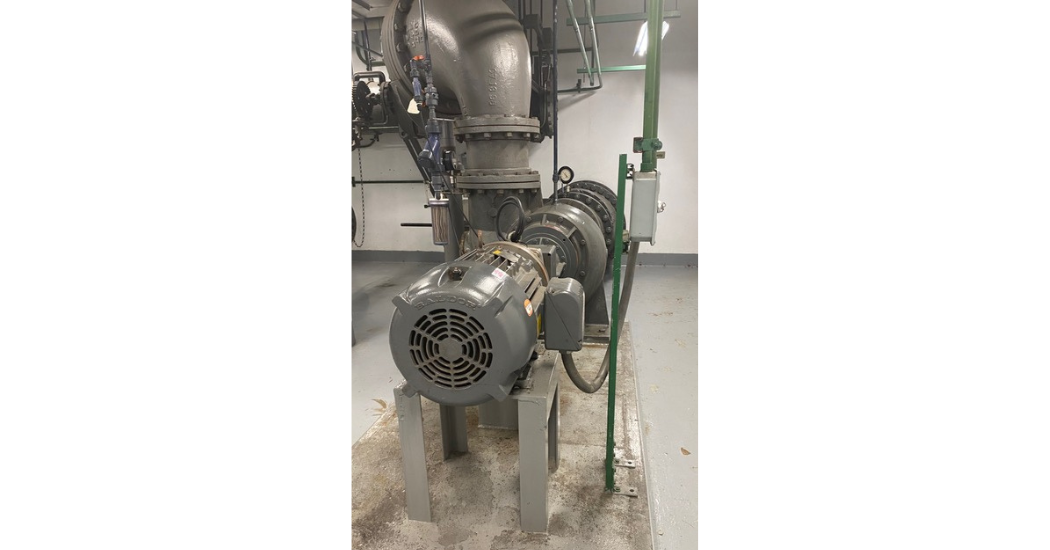 A Smarter Future with Universal Power Sensors
A Smarter Future with Universal Power Sensors
Load Controls Inc.’s Model UPC Adjustable Capacity Power Sensor represents a critical tool in the journey toward smarter energy management. By providing real-time, actionable insights into motor performance, it enables facilities to optimize processes, reduce costs, and align with sustainability goals.
As demonstrated by the Amherst WRRF case study, the integration of advanced monitoring technology into energy-intensive systems, like aeration, can yield impressive results. With its ease of use, adaptability, and proven benefits, the Model UPC is poised to drive meaningful change across industries reliant on motor-driven systems.
The Model UPC Adjustable Capacity Power Sensor offers a versatile, self-contained solution for monitoring motor power. Its features include:
- True Motor Power Sensing: The UPC measures real-time voltage and amperage at the motor, accounting for single-phase, DC, and variable-frequency operations.
- Dual Analog Outputs: Ideal for use with meters, programmable controllers, chart recorders, and connection to SCADA (Supervisory Control and Data Acquisition) monitoring and control software.
- Adjustable Sensitivity: It supports motors ranging from small capacities to 150HP and beyond for maximum precision.
- Equipment Protection and Reduced Downtime: The same motor power data can indicate unexpected events such as jams or breakage in the aeration process equipment. This ability to act as an ‘electronic shear pin’ can prevent equipment damage and minimize downtime.
- Easy Integration: No additional potential transformers (PTs) or current transformers (CTs) are required, simplifying installation.
- Valuable Insights: The sensor detects critical data points such as viscosity, flow rates, and overloads, enabling predictive maintenance and process optimization.
By capturing granular details of motor performance, facilities can identify inefficiencies and optimize
processes like aeration cycles in wastewater treatment.
Contact Load Controls at sales@loadcontrols.com for more details.

